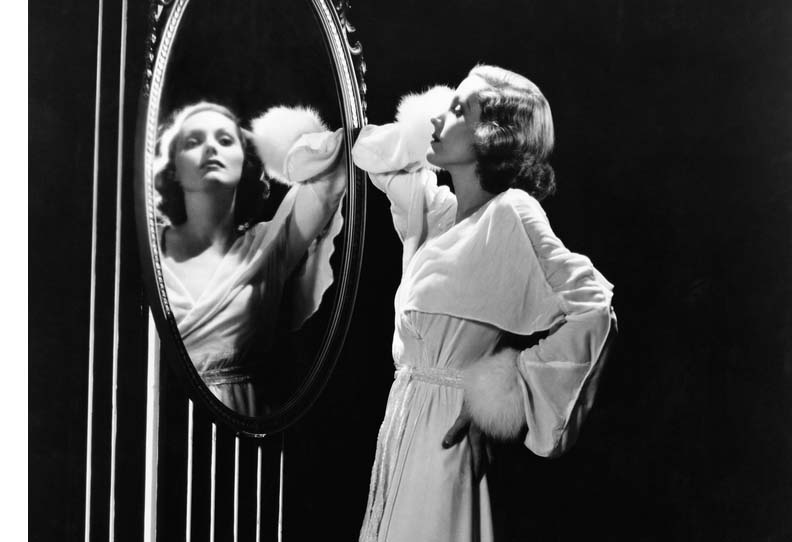
Who Invented the Mirror?

The silvered-glass mirrors found throughout the world today first got their start in Germany almost 200 years ago.
In 1835, German chemist Justus von Liebig developed a process for applying a thin layer of metallic silver to one side of a pane of clear glass. This technique was soon adapted and improved upon, allowing for the mass production of mirrors.
Modern mirrors may have originated in the 19th century, but mirrors in general have actually been around for much longer. According to a 2006 review by vision scientist Dr. Jay Enoch in the journal Optometry and Vision Science, people in Anatolia — modern-day Turkey — manufactured the first mirrors out of ground and polished obsidian (volcanic glass) about 8,000 years ago.
Mirrors made of polished copper later popped up in Mesopotamia (now Iraq) and Egypt from 4000 to 3000 B.C. About 1,000 years later, people in Central and South America began making mirrors out of polished stone, while Chinese and Indian mirror makers crafted them out of bronze.
In the first century A.D., the Roman author Pliny the Elder alludes to the first recorded use of glass mirrors in his encyclopedia Natural History, but the mirrors apparently never came into general use at the time.
Though different cultures independently created reflective mirrors at various times throughout history, nature should perhaps be crowned as the true inventor of the looking glass. "The very first mirrors most probably were quiet pools of water and rock or clay containers of water," wrote Enoch. Of course, these natural mirrors pale in comparison to the manufactured mirrors of today.
But not everyone in the world has welcomed the introduction of mirrors. When an anthropologist introduced mirrors to the isolated Biami people of Papua New Guinea in the 1970s, the tribe reportedly met their eerie reflections with terror, rather than fascination.
Sign up for the Live Science daily newsletter now
Get the world’s most fascinating discoveries delivered straight to your inbox.










